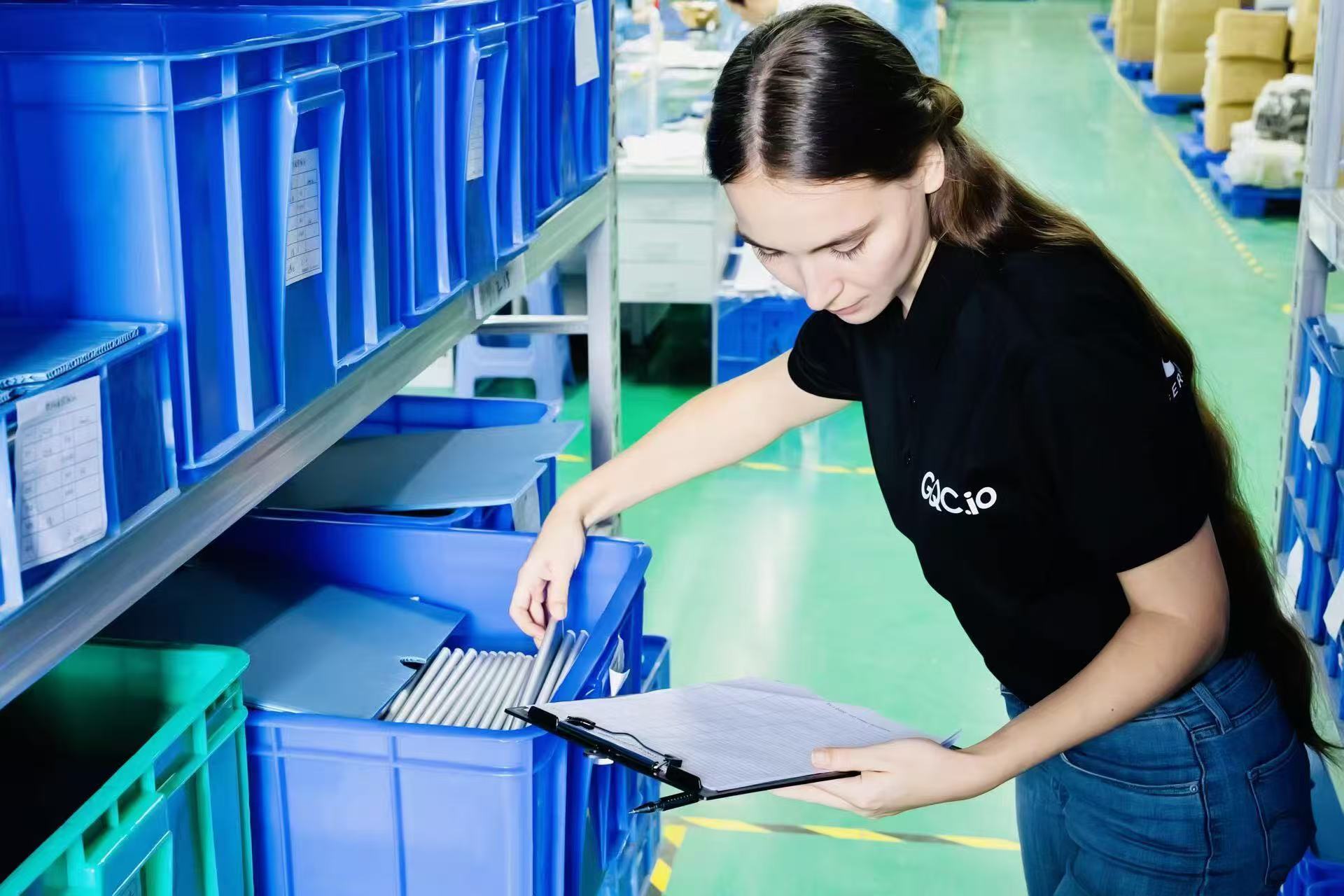If your first inspection is "FAIL", it is necessary to perform a re-inspection of the rejected lot or batch of goods, following corrective measures to ensure that the goods meet quality requirements. There are several important steps to consider when performing this quality control process. This article will provide you with the essentials of how to re-inspect.
Firstly, the importer should ask the supplier to provide a full report on the origin of the quality problem. This report must be submitted before setting a re-inspection date. It will help to prevent the same problems from happening again. The most common reasons for product rejection are:
1. The product was made with defective materials or components - Poor execution of IQC (Incoming Quality Control)
2. The worker did not detect the defects during the production line inspection – Weak IPQC (In-Process Quality Control)
3. There were no precise inspection procedures/standards in place, thus allowing defects to pass QC inspection – No proper OQC (Outgoing Quality Control)
4. The packaged products were not correctly protected and suffered damages during shipment (waterproof test failure due to moisture).
5. The factory's QC staff was careless
6. There is an issue with your supplier’s equipment (no calibration or wrong equipment adjustment)
7. There is an issue inside your supplier’s factory that you were not aware of because you didn’t conduct a factory audit
Secondly, the importer must insist on quality repairs. Otherwise, the factory may not carry out the necessary repairs and just send the same products back for a new inspection. In most cases, factories do not perform proper rework because they don’t have enough time to fix the rejected products. They want to keep costs down, so they ask for a re-inspection even if the quality is not improved enough. Additionally, importers should make sure a factory can meet their delivery deadlines after repairing rejected products. The factory may not have time to carry out production as well as repair work in parallel. In such a case, they may need to hire extra (temporary) staff or work extra hours to finish on time.
And finally, re-inspections have a different approach than the first inspection. There are a few changes that inspectors need to follow:
1) Make sure that 100% of goods are ready and packed (instead of just 80%)
2) Follow at least a normal level of inspection
3) Ask for a complete list of the defective products
4) Check only the defects observed during the failed inspection,
5) Check each process step involved in the defects observed during the failed inspection. For example, if you found only surface blemishes on the product, the focus should be on visual inspection
6) Do not perform product testing again, especially if it was a destructive test. If a full test has been done before, you can ask for a partial one.
When dealing with rework items, you should ask your factory to provide you with photographs of any defective units. They should be documented and used for internal training purposes. You should also request that your supplier provide you with a 4D/8D or CAP report after the rework has been completed. This will allow you to check on their internal improvement schedule.
The purpose of performing a re-inspection is to ensure that corrective actions have been taken, the products meet the quality standards, and any issues raised during previous inspections are fully addressed; this highly effective quality control process is used to efficiently ensure product compliance. In order to run a successful and effective lot re-inspection, you should keep the above tips in mind. To learn more about manufacturing and quality control services contact us at info@gqc.io
P.S Re-Inspections costs should always be covered by the factory!





